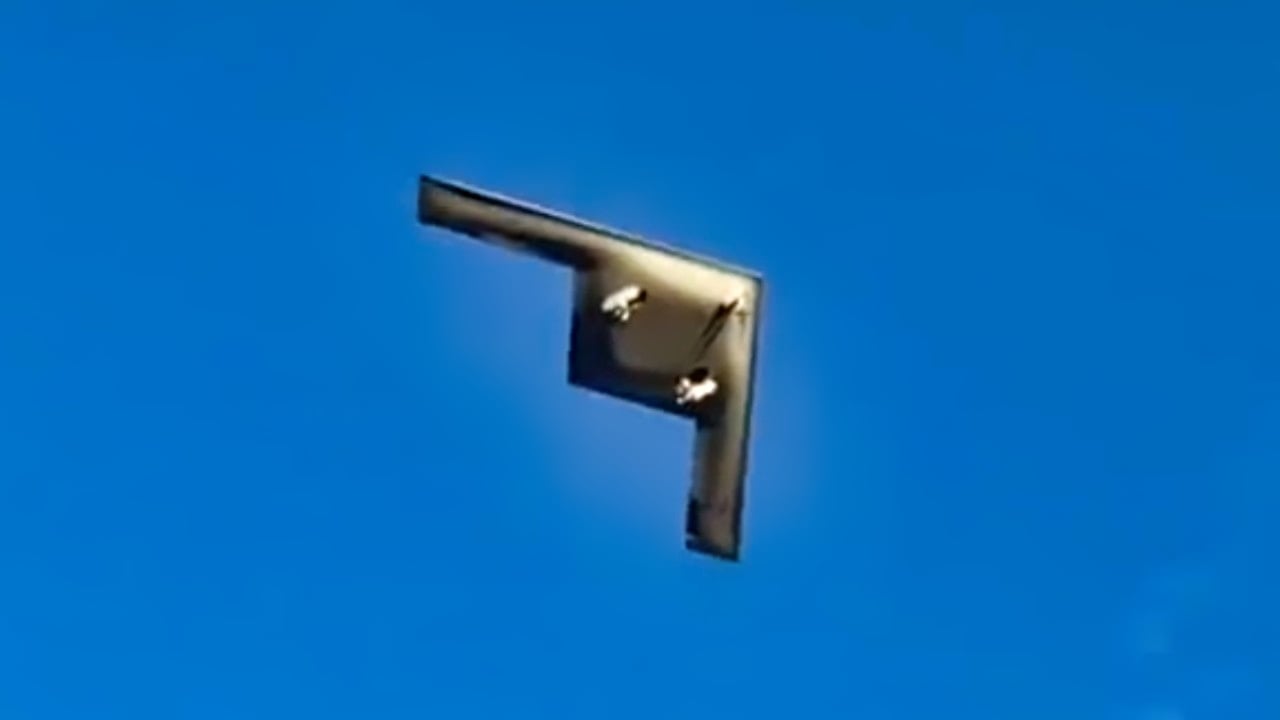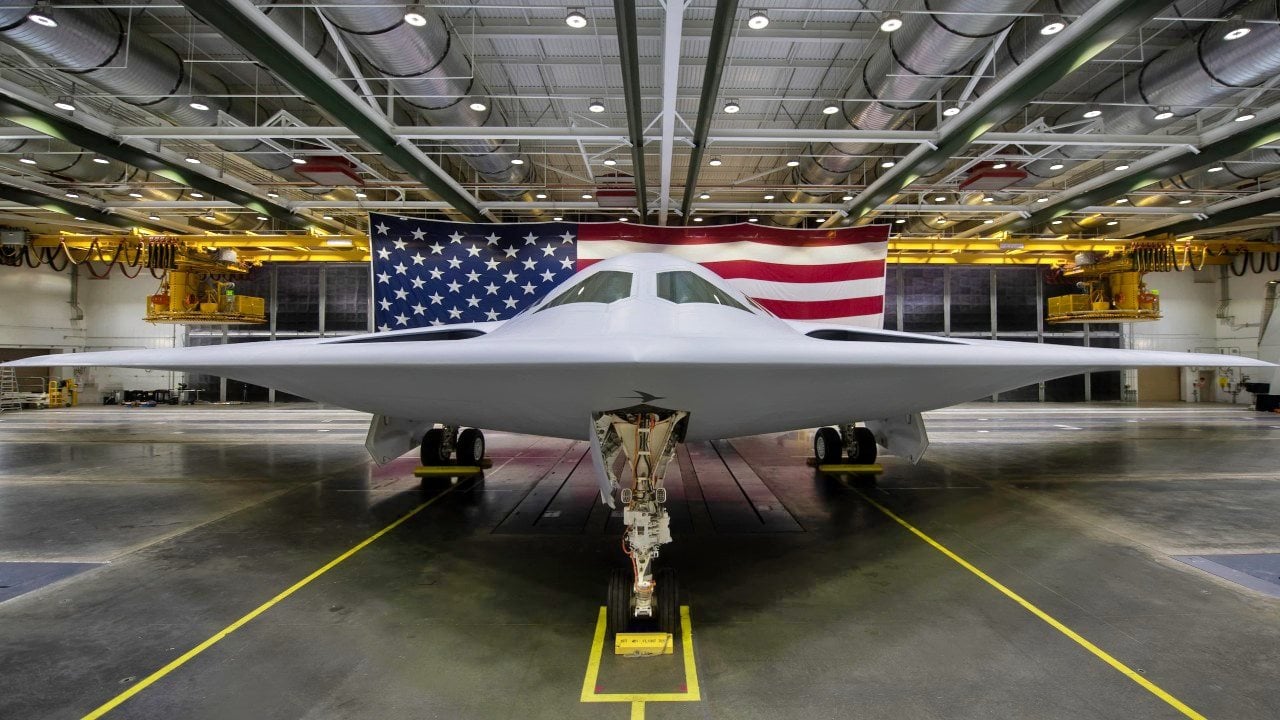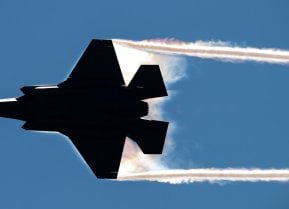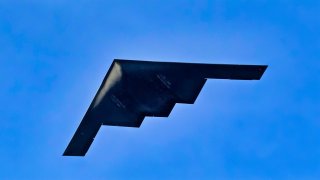The B-21 Raider's Biggest Enemy Isn't Russia or China
The cost of the U.S. Air Force's B-21 Raider long-range strategic bombers has increased, as Northrop Grumman, the prime contractor, renegotiated a higher cost ceiling for the next batch of 19 aircraft.
Summary and Key Points: The cost of the U.S. Air Force's B-21 Raider long-range strategic bombers has increased, as Northrop Grumman, the prime contractor, renegotiated a higher cost ceiling for the next batch of 19 aircraft. Originally agreed to take a loss on the first lots, Northrop Grumman now highlights a not-to-exceed pricing for subsequent lots above the initial average unit price.

-The rising costs pose a dilemma for the Air Force, which needs to buy more bombers to lower the per-unit cost but may struggle with budget constraints.
-The Air Force aims for 100 B-21 Raiders, but funding decisions will ultimately rest with lawmakers.
The B-21 Raider's New Enemy: Cost
Everything is costing more, and it isn't just groceries, and the burritos at Chipotle. The United States Air Force is going to have to shell out a few more bucks to pay for its fleet of B-21 Raider long-range strategic bombers to Northrop Grumman, the prime contractor of the next-generation aircraft.
The aerospace firm had previously agreed to take a "loss" on the first lots of the B-21, following negotiations with the contractor early this year, but as Defense One first reported on Monday, Northrop Grumman has been able to subsequently re-negotiate "a higher cost ceiling" for the next batch of 19 aircraft.
"B-21 remains on track to meet its key performance parameter for Average Procurement Unit Cost (APUC) of $550 million in Base Year 2010 dollars," Northrop Grumman stated in a June 18 press release, which highlighted key factoids about the future backbone of the U.S. Air Force's bomber fleet.
"The government has fixed price production options for the first 21 aircraft. Final terms, quantity, and pricing beyond the first 21 aircraft are subject to negotiation. The government and Northrop Grumman have established not to exceed pricing for an additional 19 aircraft. The average not to exceed value for the subsequent lots is above the average unit price of the five LRIP lots," the aerospace firm added.
Inflation Woes – Just Part of the Problem for B-21
The B-21 Raider, which is set to replace the aging B-1B Lancer and B-2 Spirit in the coming decade, has been touted as being the most advanced bomber aircraft ever built. It is also on track to be the most expensive, potentially exceeding the B-2 if enough Raiders aren't built.
Current estimates put the price tag for the bomber as high as $600 million per aircraft, but only if the Air Force can buy the aircraft in volume to spread out the R&D costs. Yet, due to the rising costs, there had been concerns that the United States Air Force would be hard-pressed to buy enough of the B-21 Raider bombers in the coming years. In other words, the air service is facing a dilemma – it needs to buy more of the bombers to lower the per unit cost, but the price could still go up anyway, reducing the number that it can reasonably afford to buy!
The Raider entered its Low-Rate Initial Production (LRIP) in January, and the first five production lots of the B-21 will total just 21 airplanes. However, that is entirely by design and was meant to ensure the costs are managed accordingly. That may not work out as planned.
The Air Force hasn't provided an updated unit cost, while the service has also scaled back how much it requested to go towards the program for fiscal year 2025 (FY25), down to $2.7 billion from $4 billion projected last year.

As previously reported, the U.S. Air Force anticipates a need for about 100 B-21 Raiders, while Northrop Grumman, which as the prime contractor has a vested interest in producing more aircraft, recommended a program of at least 200 bombers.
The total number of the B-21 Raiders will come down to what lawmakers are likely willing to fund.
Author Experience and Expertise: Peter Suciu
Peter Suciu is a Michigan-based writer. He has contributed to more than four dozen magazines, newspapers, and websites with over 3,200 published pieces over a twenty-year career in journalism. He regularly writes about military hardware, firearms history, cybersecurity, politics, and international affairs. Peter is also a Contributing Writer for Forbes and Clearance Jobs. You can follow him on Twitter: @PeterSuciu. You can email the author: [email protected].


